Radiators are important to keep a house warm during the cold winter months, or even the whole year at some places. Towel Warmers were initially used in bathrooms for heat and to warm fresh towels. Now there are many different elegant designs and they can be placed anywhere in the house. These designs can be wall mounted or stand-alone units that you can move around to where they are needed the most. Wall mounted and stand-alone radiators/towel warmers now have sleek and elegant designs that can fit in well with the design of the room.

Gone are the days when radiators and towel warmers were bulky heating units. Most of the time, these were so ugly and yet so difficult to hide. Now, radiators/towel warmers have very interesting designs that are nice to display in a living room, hallway, bedroom, or a bathroom.
What size Radiators do you need?
Radiators and towel warmers come in many different shapes and sizes. Choosing the right size for a room will depend on how large an area you need to have heated. There are large units that look great and can warm up a living or dining room. There are also small towel warmers that are good for the bathroom. These units not only warm up the towels, but also are capable of producing enough heat to provide warmth to a bathroom. These are definitely a necessity during the cold winter months.How do radiators/towel warmers work?
Radiators and towel warmers can heat up an area by using hot water or an electrical heating element. There are radiators/towel warmers that can be connected to a central heating system, if your house has one. The stand-alone units operate on electric heating elements and just need to be plugged in to a power outlet.
There are also radiators that use both sources for fuel. Dual fuel radiators are increasingly becoming popular. These units operate with the central heating system and can automatically switch to electricity if the central system is not available.
One setback of dual fuel systems is that they can consume a lot of electricity if the central heating system goes down. They are also more susceptible to breakage as the water inside the units may leak destroying the heating elements. The heating elements of dual fuel radiators need to be completely submerged in water. If the unit lacks water when operating on electricity then this could cause irreparable damage.
What are radiators/towel warmers made out of?
Designer Radiators and towel warmers are made out of stainless steel, chrome or brass. Stainless steel and chrome plated radiators and towel warmers are popular and more affordable than the brass units are. However, brass units may be more expensive but they are bit more elegant and will last longer.
There are also painted units available from different manufacturers. Paint coated units are great if you need the radiator or towel warmer to match the color of the wall.
Installing radiators/towel warmers
Only qualified technicians should install mounted radiators and towel warmers. This is to avoid any serious injury during the installation process. Mounted units that are connected to a central heating system also need to be carefully installed.Another precaution to make is that electric radiators should not be used in the shower area of a bathroom. If you need to place one in the bathroom then be sure to keep it away from the shower area. Keep the electric radiator as far away from sources of water as possible.
If you’re going out to buy a radiator or towel warmer that will connect to a centralized system, be sure to measure the distance of the two pipes that it will fit in to. Most conventional radiators will have the connections on the sides, but some will have the pipe connections at the bottom. Taking exact measurements before heading out to the stores or buying online will prevent a lot of headaches in the future.
Prices of radiators/towel warmers
The prices of radiators and towel warmers depend on the design and quality. Low cost radiators are around $100. These will work fine if you have very limited budget. Most of these low cost units simply have on/off switches and the heat produced cannot be controlled. The coating of these units is usually thin and you will notice that they fade over time.Medium-end designs will be around $800. These units are more durable and commonly have controls for heat that you require.
High-end luxury radiators cost thousands of dollars. This is because of the quality of the material used. If your budget will allow it, these units not only provide heat, but also add to the beauty of your home.
Using radiators instead of air blown heating system does have its’ advantages. Heating systems that blow hot air into the room may also be blowing dust causing health concerns. Radiators/towel warmers kill dust mites and other germs caused by mold and mildew. Radiators are also more cost efficient than air blown heating systems.
Radiators/towel warmers may be more of a necessity than a luxury in some areas, but due to the many designs to choose from, these can now not only provide the much needed warmth but can also complement the design of a room.
Nowadays, choosing a radiator or towel warmer is based on the design that you want and not just for functionality. Your budget may also be a factor when selecting a radiator and towel warmer for your home, but there are units available even if your budget is a little limited.
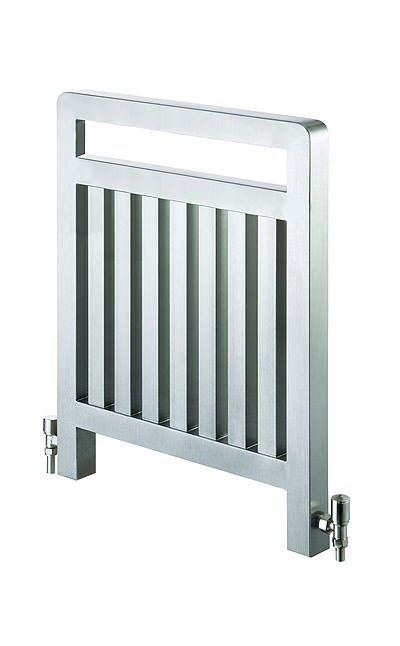
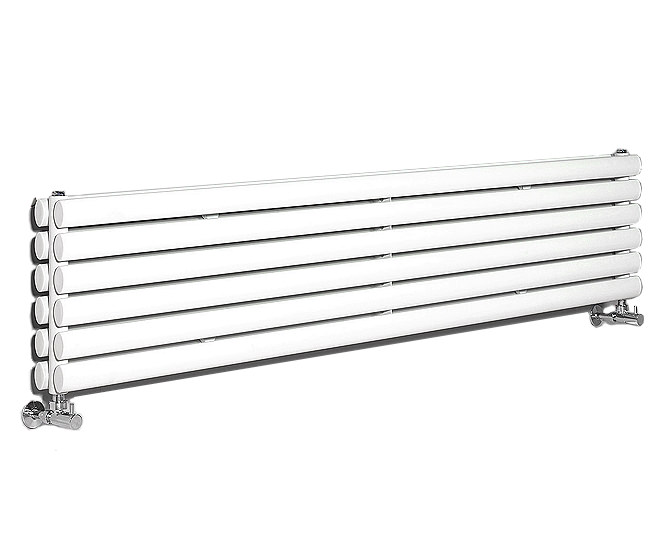

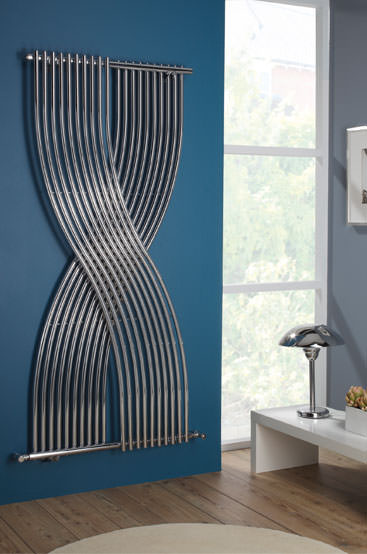
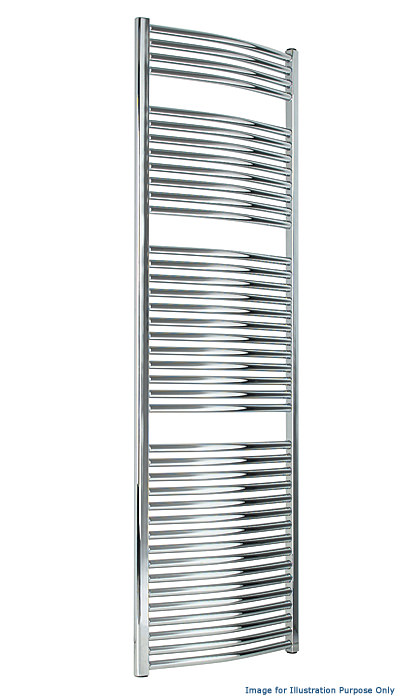

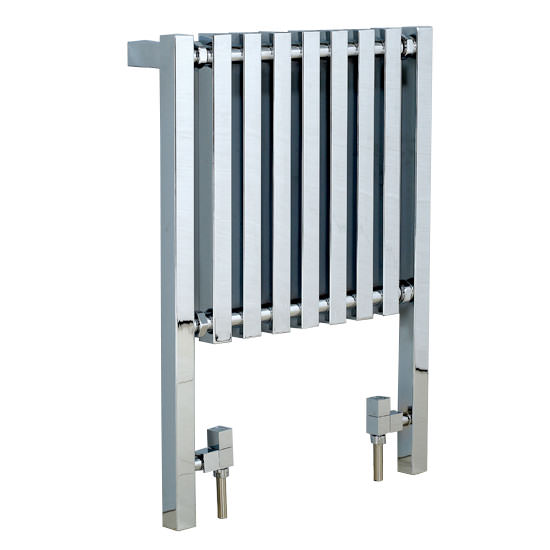
No comments:
Post a Comment